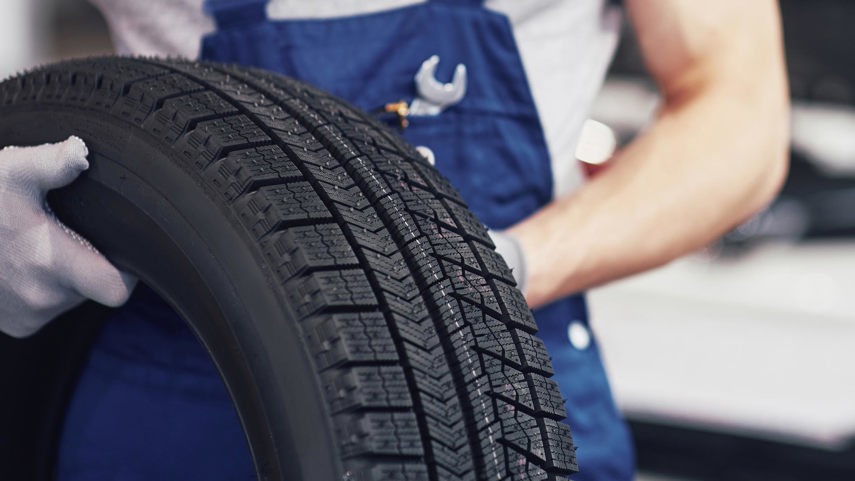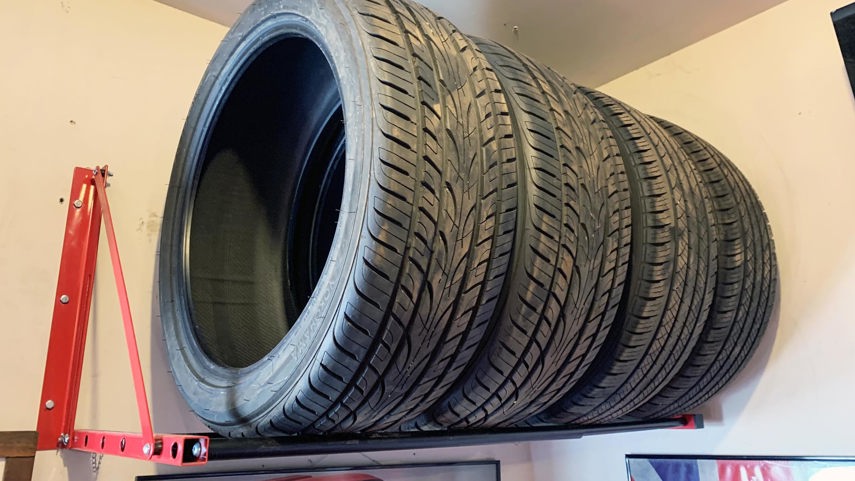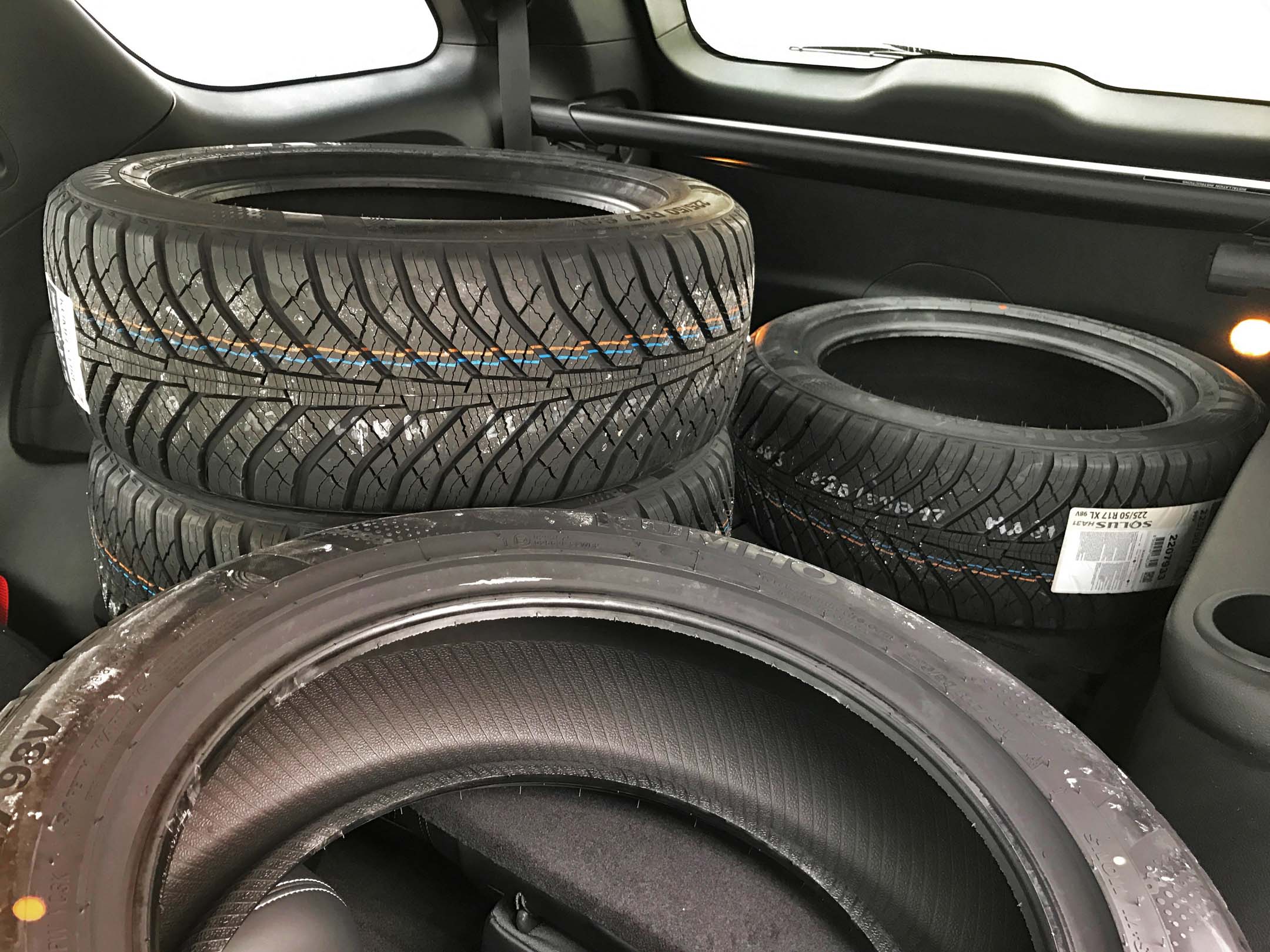According to the 2022 Canadian Consumer Winter Tire Study, published by the Tire and Rubber Association of Canada (TRAC), 63 per cent of Canadian motorists use winter tires (except in Quebec where winter tires are mandatory).
This means that the majority of us go through the ritual of swapping out our summer tires for our winter tires, and vice versa, every spring and fall. The question is, what do you do with the set of tires you’re not using?
Store Them at Home

In the not-too-distant past, the only option available to motorists was to bring those tires home. Most people could find a spot in their garage, basement, or backyard shed. Today, however, with many of us living in smaller townhouses, condos, or apartments where storage space is at a premium, finding a place for four big tires isn’t easy.
Moreover, tire sizes have crept up over the years, and today’s 18- to 22-inch tires and rims are much heavier than the more modest 13- to 16-inch tires that were the norm just a few decades ago. So unless you have a good chiropractor and are in great physical shape, lugging today’s heavy tires up and down the stairs, and in and out of the trunk of a car is a task best suited for the young and muscular amongst us.
On-Site Storage

Fortunately, a growing number of tire retailers and car dealerships have started offering a tire storage solution that some consumers are happy to take advantage of. For a fee, you can leave your tires with the retailer, who in turn will store your tires on-site or with a third-party facility or warehouse. Either way, you no longer have to take them home with you.
While that may sound like a pretty good solution, there are a few questions you’ll want to consider before taking them up on the offer. For starters, you’re going to have to pay to have those tires stored. It’s not going to break the bank, but it’s still an extra cost, so consider if you’re willing to pay for this convenience. At many shops, it’s around $120 or so a year.

The second consideration is this: You’re going to have to come back to that same retailer in a few months to get your tires installed because they have your tires. That can be an issue if they end up being so busy that they can’t fit you in for an appointment whenever it’s convenient for you. Or maybe you end up finding a great deal on a tire swap at another store, which means you’ll have to pick up your tires yourself and lug them across town to the next shop.
Another key consideration is how and where your tires are going to be stored. The fact is that there are better and worse ways to store tires, so find out what your tire retailer’s storage facility is like. Are they tossing your tires into a steel container behind their store, or are they storing them in a climate-controlled indoor facility?
There’s a big difference between the two. According to Brad Fraser, Customer Engineering Support for Passenger Light Truck Tires at Michelin North America, if you want your tires to last, you need to store them properly.
How Do I Store My Winter Tires Properly?

“We recommend tires be stored indoors, in a cool, dry, and clean environment,” Fraser says. “They can be stored either horizontally or vertically, just as long as they’re in the right environment. And don’t store them near grease or gasoline or any other substance that could degrade the rubber.”
And that last point is key – it’s all about the conditions that are best for the rubber compounds. “The worst place to store tires is outdoors,” Fraser added, “which exposes the tire to the extremes of temperature and humidity, as well as to damaging UV rays from the sun.”
What Are You Paying For?
Now, your tire retailer is likely not going to throw your tires in the yard and leave them exposed to the sun, but the temperature and humidity factors are managed better indoors in a climate-controlled facility. So is that what you’re paying for? If not, you can shop around to find a tire storage facility that will keep your tires in better conditions.
TRAC’s 2022 Canadian Consumer Winter Tire Study found that winter tire usage has gradually increased over the past five years here in Canada. That means a growing number of us need a tire storage solution that makes sense. While some of us will continue to keep our tires at home, others will want to take advantage of the in-store options available in your area.

